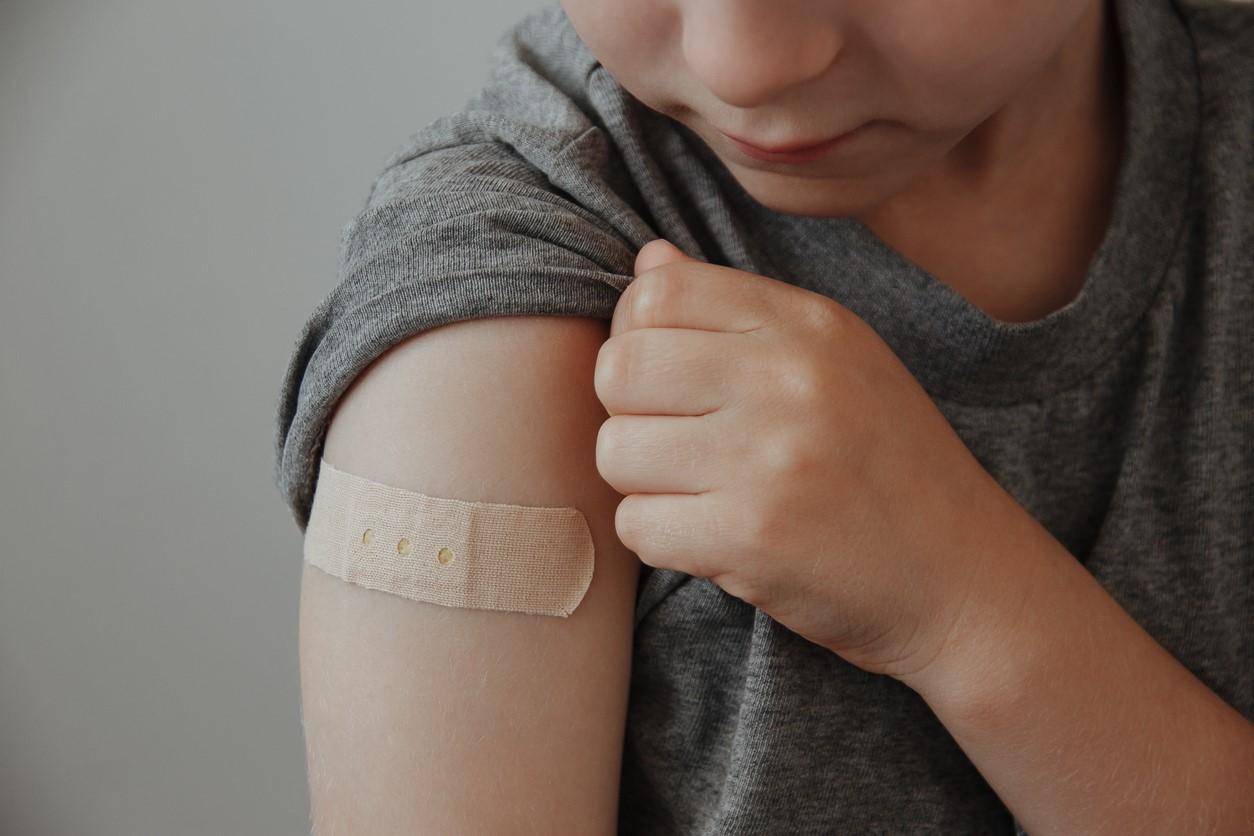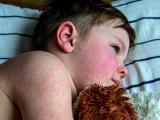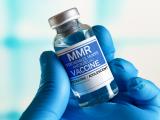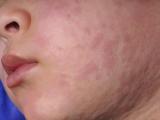New data show that routine immunization coverage among US kindergarten students fell for a second straight year amid the COVID-19 pandemic, leaving hundreds of thousands potentially vulnerable to diseases that can spread easily in classrooms.
In a report published today in Morbidity and Mortality Weekly Report (MMWR), researchers from the Centers for Disease Control and Prevention (CDC) said national coverage with state-required vaccines fell to 93% among kindergarten students during the 2021-22 school year, down from 94% in 2020-21 and 95% in 2019-20. Coverage with the MMR (measles, mumps, and rubella), DTaP (diptheria, tetanus, and acellular pertussis), polio, and varicella vaccines fell in most states.
Another report showed that the pandemic had less of an effect on vaccine coverage in younger children, finding that vaccination rates for children ages 2 and under who were born in 2018 and 2019 remained high and stable for most vaccines. But "persistent and widening disparities" were observed for children living beneath the federal poverty level, uninsured children, Black and Hispanic children, and kids in rural areas, CDC officials said.
"This is alarming and should be a call to action for all of us," Sean O'Leary, MD, chair of the American Academy of Pediatrics' Committee on Infectious Diseases, said at a CDC press briefing.
MMR coverage at lowest level in a decade
The first report, which summarizes data collected by state and local immunization programs, shows that, for the 2021-22 school year, nationwide coverage with two doses of the MMR vaccine was 93.5%, DTaP coverage with the state-required number of doses was 93.1%, polio vaccine coverage was 93.5%, and varicella vaccine coverage with the state-required number of doses was 92.8%.
For all four vaccines, coverage declined by 0.4% to 0.9% compared with the 2020-21 school year. Coverage has declined by 2 percentage points since the beginning of the pandemic.
This is alarming and should be a call to action for all of us.
MMR vaccine coverage for both the 2020-21 and 2021-22 school years was the lowest it's been since the 2013-14 school year and is below the national target of 95%, the report said. Coverage of 95% or higher was reported by 13 states, while 9 states and the District of Columbia (DC) reported MMR vaccination rates below 90%.
"While this might not sound significant, it means nearly 250,000 kindergartners are potentially not protected against measles alone," said Georgina Peacock, MD, MPH, director of the CDC's Immunization Services Division.
Coverage with the DTaP vaccine was above 95% in 14 states and below 90% in 12 states and DC, while polio vaccine coverage exceeded 95% in 13 states and was below 90% in 10 states and DC. For the varicella vaccine, 12 states reported coverage above 95%, and 9 states and DC reported less than 90% coverage.
O'Leary said the recent measles outbreak in Columbus, Ohio, along with the polio case reported in New York last summer, highlight why the declines, though small, are significant.
"Outbreaks like this are entirely preventable," O'Leary said. "These outbreaks harm children and cause significant disruptions in their opportunities to learn, grow, and thrive."
Peacock said the pandemic's impact on the entire healthcare system may partly explain the decline in vaccination coverage.
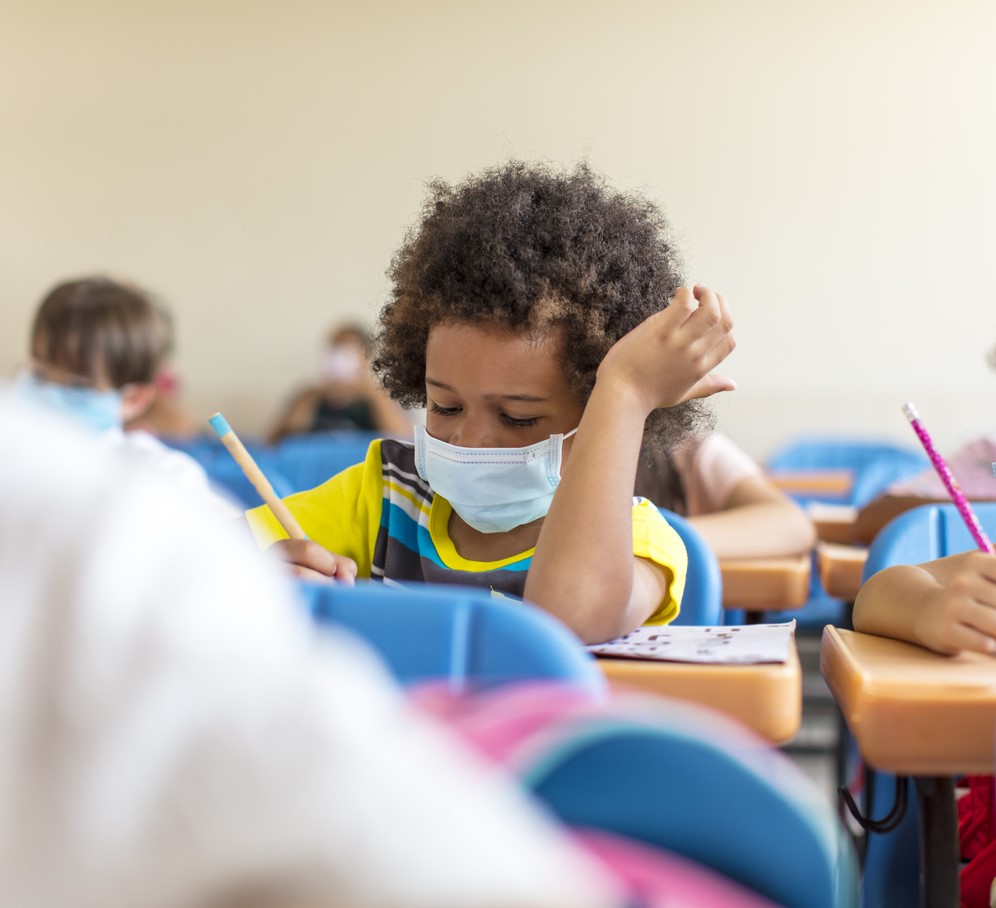 "It could be that well-child visits were missed, and people are still trying to catch up on those visits," she said. She also noted that many schools may have been unable to gather all the data on student vaccinations.
"It could be that well-child visits were missed, and people are still trying to catch up on those visits," she said. She also noted that many schools may have been unable to gather all the data on student vaccinations.
Thirty states reported lingering COVID-19–related impacts on vaccine coverage, mainly related to reduced access to vaccination appointments and local or school-level extensions of grace periods or provisional enrollment policies, which allow non-vaccinated students to attend school. The report notes that many states expanded these policies during the pandemic. Twenty-three states reported pandemic-related impacts on data collection.
Overall, 2.6% of kindergarteners had an exemption (0.2% medical and 2.3% non-medical) for one or more required vaccines, compared with 2.2% in the previous school year. But an additional 3.9% of students nationwide were not fully vaccinated and not exempt, which is up from 2020-21.
Lack of access, poverty fuel widening disparities
In the second report, CDC researchers examined data from the National Immunization Survey–Child to describe vaccination coverage by 24 months. The CDC's Advisory Committee on Immunization Practices advises routine vaccination against 14 diseases during the first 2 years of life.
The investigators found that, compared with coverage among children born in 2016-17, routine vaccination coverage in children born in 2018-19 remained steady and increased for many vaccines. They did not find an overall decline in vaccination coverage associated with the pandemic.
"Vaccination coverage overall was similar or higher among children reaching age 24 months during March 2020 or later (during the COVID-19 pandemic) than among those reaching age 24 months before March 2020 (prepandemic)," they wrote.
Coverage was 93.4% for 3 or more doses of polio vaccine, 92.7% for 3 or more doses of the hepatitis B vaccine, 91.6% for one or more doses of the MMR vaccine, and 91.1% for one or more doses of the varicella vaccine.
Shannon Stokely, DrPH, of the CDC's Immunization Services Division, said vaccination coverage in younger children may have been less affected by the pandemic because preventive care for this group was prioritized.
"Parents were coming in and making sure their children were vaccinated," she said, while noting that getting the additional doses of routine vaccines for older children may have been more difficult.
But a more detailed analysis found that coverage with the combined seven-vaccine series fell by 4 to 5 percentage points among children living below the federal poverty line and in rural areas. And the proportion of children who were unvaccinated by 24 months was eight times higher in uninsured children than in privately insured children. Coverage with most vaccines was lower among Black and Hispanic children.
"This illustrates that we have significant work to do to improve access to care," O'Leary said. "We know barriers such as lack of access to transportation, healthcare services, or paid time off work create significant challenges for some families to be vaccinated. These are problems we can solve."
We have significant work to do to improve access to care.
O'Leary said that while he's concerned that misinformation about COVID-19 vaccines may fuel hesitancy and resistance to other vaccines, he's not sure what role it's played in the decline seen in kindergartners. But he's encouraged that non-medical exemptions among kindergarten students did not rise significantly and that coverage in younger children remained steady.
"Misinformation is a problem and has always been a problem…but for the most part, parents are still vaccinating their children," he said. "The things we really need to focus on are addressing access and child poverty."
